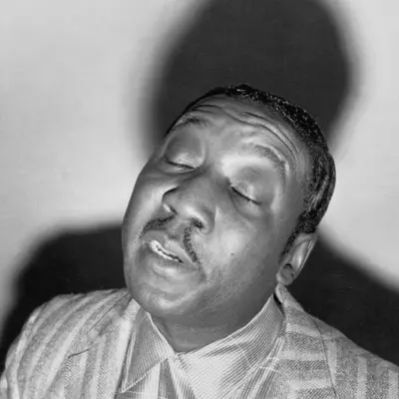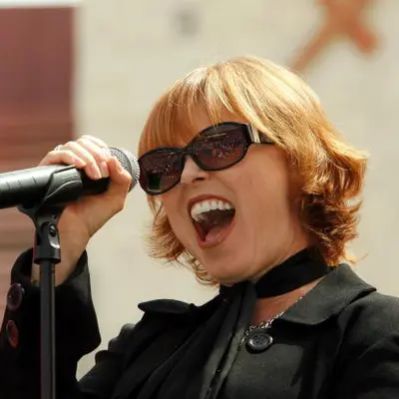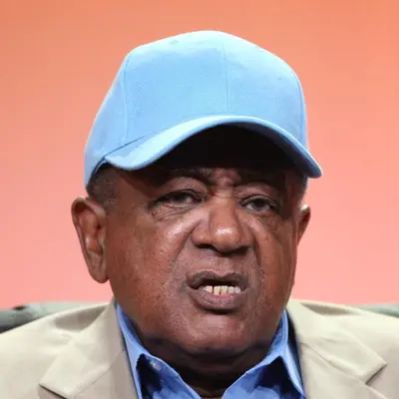What Is Wes Borland’s Net Worth
Wes Borland, renowned as the guitarist for the nu metal band Limp Bizkit and known for his distinctive stage presence, has accumulated a noteworthy financial portfolio over his career. As of 2025, his estimated net worth is approximately $10 million. This figure is primarily derived from his musical endeavors, including album sales, touring, and various side projects, rather than from specific endorsements or known business investments that are publicly detailed. The journey to this net worth is paved with diverse ventures and strategic real estate dealings, marking key milestones in his financial trajectory.
Career and Musical Contributions
Borland’s career took off significantly with Limp Bizkit’s rise to fame. The band’s second album, “Significant Other,” released in 1999, achieved number one on the Billboard 200, marking a pivotal moment. Following this, “Chocolate Starfish and the Hot Dog Flavored Water” (2000) also debuted at the top of the Billboard 200, further solidifying Borland’s financial standing through royalties and touring revenue. While specific figures for royalties and individual tour earnings aren’t publicly detailed, it’s evident that these successes substantially contributed to his overall net worth.
Beyond Limp Bizkit, Wes Borland established himself through numerous side projects, each adding to his diverse income streams. Big Dumb Face, started in 1998, released its debut album “Duke Lion Fights the Terror!!” in 2001. Revived in 2017, the project continued to release albums, with “Christmas in the Cave of Dagoth” launched in late 2021. Black Light Burns, formed during his temporary departure from Limp Bizkit, released “Cruel Melody” in 2007, with subsequent albums in 2012 and 2013. These projects, though varied in style and success, collectively boosted his financial profile.
Borland’s solo career includes the instrumental album “Crystal Machete” (2016), the EP “Matadors and Daughters” (2018), and the albums “The Astral Hand” (2020) and “Mutiny on the Starbarge” (2023). These releases showcase his versatility as an artist and provide additional revenue, although the exact sales and streaming figures remain undisclosed.
In addition to his main projects, Wes Borland has contributed to albums by other artists. He played guitar on the Crystal Method’s “Legion of Boom” (2004) and bass on From First to Last’s “Heroine” (2006). His collaborations extend to Jonathan Davis’s “Black Labyrinth” (2018). These contributions, while not the primary source of his income, add to his financial portfolio.
Real Estate Investments
Wes Borland’s real estate dealings have played a notable role in his asset accumulation. In 2002, he purchased a home in Los Angeles for $600,000 and sold it for $1.23 million in April 2015, realizing a significant profit. In 2015, he acquired a property in Detroit’s Arden Park district for $500,000. This Detroit home, renovated and featured on a DIY network show, was initially listed for $900,000 in August 2020 and eventually sold for $760,000 in February 2021. These transactions demonstrate a strategic approach to real estate, contributing to his net worth.
Early Life and Musical Beginnings
Born on February 7, 1975, in Richmond, Virginia, Wes Borland’s early interest in music led him to the drums. Transitioning to guitar due to his parents’ concerns about the noise, he developed his skills, eventually attending the Douglas Anderson School of the Arts after moving to Jacksonville, Florida. These early experiences laid the foundation for his future musical endeavors. While the specific costs associated with his education aren’t detailed, the investment clearly paid off in terms of career opportunities and earnings.
Limp Bizkit Years and Beyond
Wes Borland’s association with Limp Bizkit has been central to his career and financial success. Joining the band in 1994, he contributed to their debut album “Three Dollar Bill, Y’all” (1997). While Borland briefly left the band, his return led to further success with albums like “Significant Other” and “Chocolate Starfish and the Hot Dog Flavored Water,” significantly boosting both the band’s and his personal earnings. Although he departed again in 2001 due to creative differences, he rejoined to record “The Unquestionable Truth (Part 1)” in 2005. The original lineup reunited in 2009 for a tour, releasing the album “Gold Cobra” in 2011. The band’s enduring popularity culminated in the 2021 album “Still Sucks.” Specific financial details from album sales, streaming, and tours across these years are not publicly available, but they undoubtedly form a significant portion of his net worth.
Side Projects and Solo Ventures
Parallel to his work with Limp Bizkit, Borland’s diverse musical ventures have broadened his income base and artistic expression. Big Dumb Face, known for its comedic lyrics and eclectic style, released “Duke Lion Fights the Terror!!” in 2001. Reviving the project years later, he launched “Where is Duke Lion? He’s Dead…” in 2017, followed by “Christmas in the Cave of Dagoth” in 2021. Black Light Burns, founded during a Limp Bizkit hiatus, released “Cruel Melody” in 2007 and later “The Moment You Realize You’re Going to Fall” in 2012 and “Lotus Island” in 2013. His solo releases include “Crystal Machete” (2016), “Matadors and Daughters” (2018), “The Astral Hand” (2020), and “Mutiny on the Starbarge” (2023). Although detailed financial breakdowns for each of these projects aren’t public, they collectively contribute to his overall earnings.
Additional Musical Collaborations
Borland has collaborated with various artists, adding to his musical repertoire and income. He played guitar on the Crystal Method’s album “Legion of Boom” in 2004 and bass on From First to Last’s album “Heroine” in 2006. He also contributed to the album “Youthanize” by the Color of Violence. His collaborations extend to Combichrist and the “Resident Evil” movie soundtracks with Tomandandy. As an illustrator, he designed the album artwork for Fear and the Nervous System. He played guitar on Jonathan Davis’s solo album “Black Labyrinth” in 2018. The financial impact of these collaborations, while not always explicitly stated, enhances his earning potential and artistic profile.
Personal Life and Relationships
Borland’s personal life has seen several significant events, including marriages and divorces. He married Heather McMillan in 1998, divorcing in 2001. In 2009, he married Anna Carlise, with the marriage ending in 2013. He married Carré Callaway, the lead singer of Queen Kwong, in 2016, but they divorced in 2019. Divorce settlements and associated costs, though not detailed publicly, can impact an individual’s financial standing.
Wes Borland’s Contributions to Film Soundtracks and Visual Art
Beyond his primary musical projects, Wes Borland has also ventured into film soundtracks and visual art, further diversifying his income streams. While the exact amounts earned from these endeavors are not publicly detailed, they contribute to his overall net worth. His work with Tomandandy on the soundtracks for two “Resident Evil” movies demonstrates his versatility and ability to adapt his musical style to different mediums. Furthermore, Borland’s skills as an illustrator led him to design the album artwork for the debut album by Fear and the Nervous System. These projects showcase his broader artistic talents and their potential for generating revenue.
Touring and Live Performances
Touring and live performances have been a significant source of income for Wes Borland throughout his career. While specific earnings from each tour are not publicly available, the consistent demand for Limp Bizkit’s live shows, particularly during their peak years, contributed substantially to his net worth. Borland’s unique stage presence and theatrical performances made him a key attraction, drawing fans to concerts and festivals worldwide. Additionally, his involvement in side projects and solo ventures has also included live performances, further supplementing his earnings. The revenue generated from ticket sales, merchandise, and related activities during these tours has played a crucial role in his financial success.
Net Worth Milestones
Specific milestones in Wes Borland’s net worth accumulation are challenging to pinpoint due to a lack of detailed financial disclosures. However, key moments can be identified that likely had a significant impact. The commercial success of Limp Bizkit’s “Significant Other” in 1999 and “Chocolate Starfish and the Hot Dog Flavored Water” in 2000 marked crucial turning points, generating substantial royalties and touring revenue. His real estate investments, particularly the sale of his Los Angeles home for $1.23 million in 2015, also contributed significantly. While it is difficult to provide precise figures for each milestone, these events undoubtedly played a vital role in shaping his financial trajectory and reaching his current net worth of $10 million.
 Net Worth Ranker
Net Worth Ranker



























































